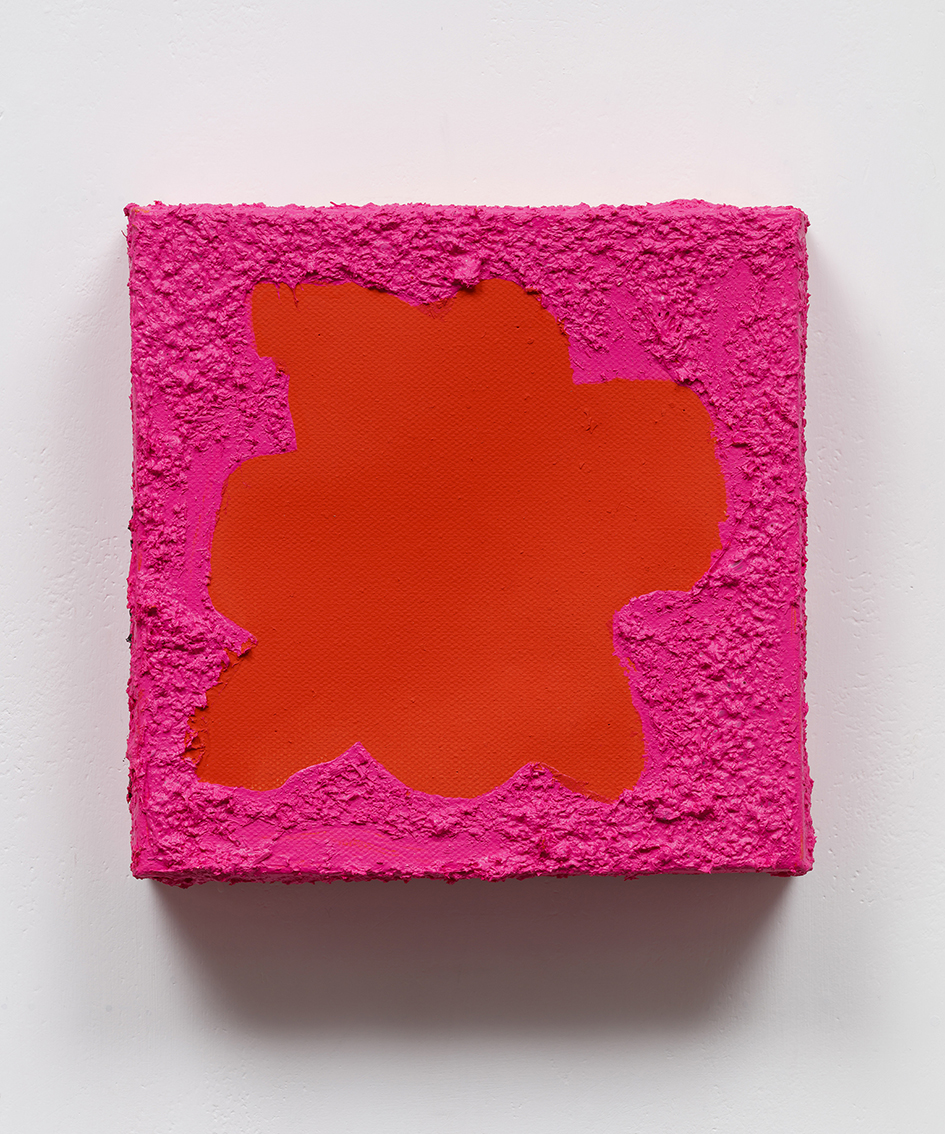|
●★ Eric Satie : Trois Gymnopedies by Anne Quefflec(Album in 1988) ★●
Gymnopedie N.1 in D/d (Lent et douloureux)
Gymnopedie N.2 in C (Lent et t r i s t e)
Gymnopedie N.3 in a (Lent et g r a v e)
● Gymnopédie - Eric SatieFor the Ancient Greek festival and dance, see
Gymnopaedia.
The Gymnopédies, published in Paris starting in 1888, are three piano compositions written by French composer and pianist Erik Satie. These short, atmospheric pieces are written in 3/4 time, with each sharing a common theme and structure. Collectively, the Gymnopédies are regarded as an important precursor to modern ambient music[1] — gentle yet somewhat eccentric pieces which, when composed, defied the classical tradition.[citation needed] For instance, the first few bars of Gymnopédie No. 1 consist of an alternating progression of two major seventh chords, the first on the subdominant, G, and the second on the tonic, D. The melodies of the pieces use deliberate, but mild, dissonances against the harmony, producing a piquant, melancholy effect that matches the performance instructions, which are to play each piece "painfully", "sadly" or "gravely".[2] From the second half of the 20th century on, the Gymnopédies were often erroneously described as part of Satie's body of furniture music, perhaps because of John Cage's interpretation of them.[3]
● Contamine de Latour poetryThe work was possibly based upon the poetry of J.P. Contamine de Latour (1867–1926),[4] who wrote Les Antiques ("The Ancients"), a poem containing these lines:
Satie claimed they were inspired by reading Gustave Flaubert's novel Salammbô. (Orledge, P.207) The exact connotation intended by Contamine in using the Greek word gymnopédie remains uncertain. Among the possibilities are:
Gymnopédie also appears as an infrequently used word in 19th century France, to the point it might have been perceived as a neologism by many. It was, however, already mentioned in Jean-Jacques Rousseau's Dictionnaire de Musique (Paris: Duchesne, 1775), where Gymnopédie is described as “Air ou Nome sur lequel dansoient à nu les jeunes Lacédémoniennes” (vol 1, p. 376). All this might indicate that Satie and Contamine chose the word gymnopédie perhaps rather for its intangible exoticism, than for connotations of which they were probably hardly aware themselves.[citation needed]
●Satie gymnopaedistThe Gymnopédies are the first compositions with which Erik Satie tried to cut himself loose from the conventional 19th century "salon music" environment of his father and stepmother. In September 1887 Satie composed three "sarabands" (Trois Sarabandes), taking a quote from Contamine's La Perdition by way of introduction. By this time, Satie knew Contamine personally. Satie apparently used the word "gymnopédiste" (gymnopaedist), before having written a note of his later so famous gymnopédies. The anecdote of Satie introducing himself as a "gymnopaedist" in December 1887 runs as follows: the first time Satie visited the Chat Noir cabaret, he was introduced to its director, Rodolphe Salis, famous for serving sharp comments. Being coerced to mention his profession, Satie, lacking any recognisable professional occupation, presented himself as a "gymnopaedist", supposedly in an attempt to outwit the director.
 Measures 3-10 of Satie's Gymnopédie No. 1. (Urtext
edition). Measures 3-10 of Satie's Gymnopédie No. 1. (Urtext
edition). The composition of the three Gymnopédies started only two months
later, and was completed in April 1888.
In August 1888, the "First Gymnopédie" was published, accompanied by the verse of Contamine quoted above. However, it remains uncertain whether the poem was composed before the music, or whether Contamine intended the verse as a tribute to his friend, who had now completed both a set of sarabands and gymnopédies. Later the same year the "Third Gymnopédie" was published. There was, however, no publication of the "Second Gymnopédie" until 7 years later, with several announcements of an impending publication of this gymnopédie being made in the Chat Noir and Auberge du Clou periodicals.
● Orchestrations by Claude DebussyBy the end of 1896, Satie's popularity and financial situation were ebbing. Claude Debussy, whose popularity was rising at the time, helped draw public attention to the work of his friend. Debussy expressed his belief that the "Second Gymnopédie" did not lend itself to orchestration. (Orchestrations of this gymnopédie were only realised many decades later, by other composers, and without being frequently performed). Thus, in February 1897, Debussy orchestrated the Third and First only, reversing the numbering:
The score was then published in 1898.
● Twentieth century arrangementsThe first and second Gymnopédies were arranged by Dick Halligan for the Jazz Fusion group Blood, Sweat & Tears under the title "Variations on a Theme by Erik Satie" on the group's eponymous album, released in 1968. The recording received a Grammy Award the following year for "Best Contemporary Instrumental Performance." In 2007 Wilhelm Kaiser-Lindemann arranged the first and the third Gymnopédie for the 12 cellists of the Berlin Philharmonic Orchestra. No. 1 was produced by EMI Classics 6085012 "Fleur de Paris".
● Influences and cover versions
| |||||
|
| |||||
'Lecture Concert' 카테고리의 다른 글
| 스트라빈스키<봄의 제전> (0) | 2015.07.14 |
|---|---|
| 이고르 스트라빈스키 - 불새 (0) | 2015.07.14 |
| 모차르트 교향곡 40번 (0) | 2015.07.13 |
| 모차르트 교향곡 39번 (0) | 2015.07.13 |
| 모차르트 교향곡 41번 <주피터> (0) | 2015.07.13 |

